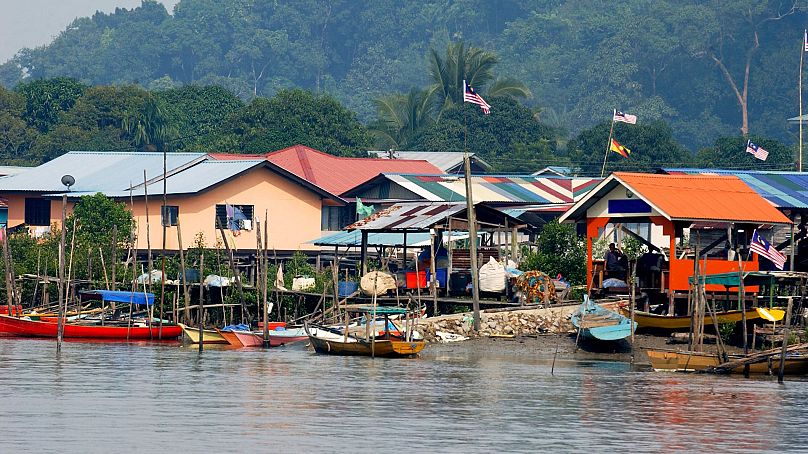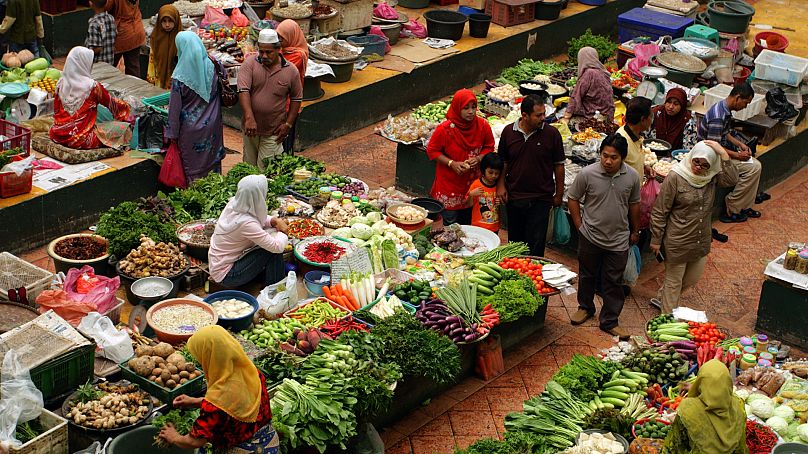Malaysia is keen to attract more eco-tourists - here’s how it's planning to do it.
From the tip of Mount Kinabalu to the depths of the Mulu caves, Malaysia is rich in natural splendour. It is no wonder then, that the southeast Asian country is keen to protect its abundant wild landscapes.
“I think a lot of people are not really sure what sustainable tourism is all about, or why we should participate. So education is one of our tasks,” says Datuk Zainuddin Abdul Wahab, Director General of the Malaysian Tourist Board.
So how can tourists to Malaysia help to protect its diverse landscapes? Abdul Wahab explains.
“In Malaysia we [now] have about 260 homestays that we can offer,” he says.
“And we are talking about how to preserve and take care of nature without spoiling it, and yet still be able to promote tourism.”
What are homestays?
Homestays offer tourists the chance to live with local people in their own homes. You might be staying in a spare bedroom or living in a guesthouse, but either way you’ll get to experience a slice of local life.
“The concept of homestays is something that goes along with our green tourism, our responsible tourism,” says Abdul Wahab.
“If you are going to participate in a homestay, you will stay together with your foster family, you will eat whatever they eat.
“If you are on a tea plantation for example, you will do all the activities of a tea plantation, if you are staying in a fishing village, then you will have the opportunity to see what they do in a fishing village.”
The Malaysian Tourism Ministry runs an official homestay programme, with strict guidelines in place for kampungs (villages) that wish to apply for the scheme.
Activities might include harvesting fruit, attending a local festival or preparing food using traditional methods.
“If you are staying in a homestay you will definitely have the chance to experience at least one dish that is popular among the community there,” says Abdul Wahab.
If you’d prefer to travel solo though, there are plenty of other ways to experience Malaysia’s diverse food culture.
What food should I try in Malaysia?
Roti Canai, a Malaysian street food dish was recently voted the best street food in the world by TasteAtlas.
The buttery flatbread is made from thin, folded dough and was first introduced to Malaysia by Indian migrants in the 19th century. It is this mix of cultures and food that makes Malaysian food so delicious.
“Malaysia is a multi-racial, multicultural country of Malays, Chinese and Indians,” says Abdul Wahab.“In our country you can have Malay food, Chinese food and Indian food. And sometimes you get lucky and these foods come together as a fusion.”
One of the best places to experience many of the tasty street foods that Malaysia has to offer is the food markets of the bustling capital Kuala Lumpur.
Here, you’ll find Taman Connaught, a two kilometre night market with over 700 stalls located in the Cheras district of Kuala Lumpur. Open from 7pm, the market sells everything from clothes to flowers, but it is the street food that you should really come for. Expect to find everything from steamed fish heads to nasi lemak, a Malaysian fish consisting of fragrant rice, coconut milk and pandan leaves.
For a more modern take on the traditional food market, head to Tapak Urban Dining, a contemporary food park which brings together a diverse range of food trucks. Here you’ll find fresh coconut shakes, burgers and stir fried noodles.













